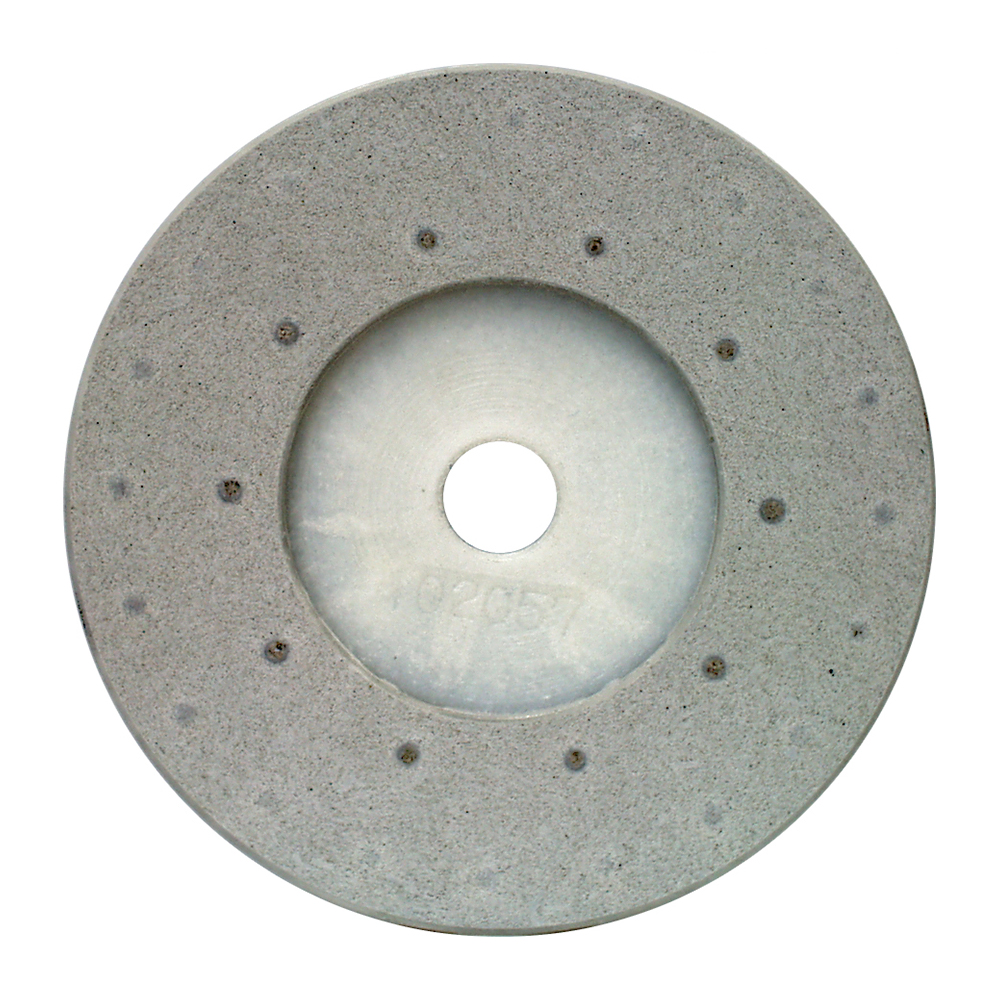When you grab a cool one, there is one ingredient that is sure to be present: CO2. No beer leaves the premises of a brewery without being carbonated. Yet, how does it get this way? IS there a special “Beer Carbonator” that takes care of the e process? The answer is both yes and no.
Why Carbonate?
Beer without carbonation would be, like so many drinks that lack this element, flat. It would not have that refreshing and light taste that is awash in the mouth. It would also lack the aroma that is associated with beer. Overall, beer without carbonation may taste somewhat off. This is why for centuries people have been carbonating the beer.
The Beer Carbonator: Basic Types of Carbonation Systems
Essentially, beer carbonation occurs in one of the two ways: naturally or mechanically. In other words, it may occur during the actual brewing process or through some form of beer carbonator. The process may also be referred to as occurring naturally or being forced. Although the result is the same – carbonated beer, the means are different.
Natural Beer Carbonation
This occurs during the fermenting process when the sugar in the water is being digested by yeast. The result of combining the various ingredients produces alcohol and carbon dioxide. As the process draws near to an end, the brewer will seal the beer in its container. The carbon dioxide will be trapped. The result is natural carbonation.
Turning to a Beer Carbonator
Another way of carbonating beer is through some mechanical means – a type of beer carbonator. This, in fact, is the major way commercial beers are produced. The means of inducing carbonation will vary according to the company. In fact, there are several ways of accomplishing it. All end up with carbonated beer that looks better than the naturally carbonated brew. It also lacks the bottom sediment that is found when natural carbonation is allowed to occur.
The two major means of producing beer using a beer carbonator are through the brite or pressure tanks or using an integrated inline carbonation system. Each is capable of providing an excellent product. Only the latter increases production capability and consistent quality.
* Brite/Bright Tank: This methods relies on carbonated stones (metal rods) to add the desired and required amount of carbonation to the brew. This procedure can be inconsistent in quality output as well as time-consuming and general inefficiencies throughout the procedure.
* Inline Beer Carbonator: This system is a calculated, technologically adept and very accurate means of carbonation. It relies on precise measurements to control the specifics required to produce a quality product. There is accurate injection of CO2. This allows not only a quality product but increased quality control and productivity.
While there are several ways to produce carbonated beer, there are few that are capable of injecting the right amount of CO2. If a company wishes to achieve the best results possible, he or she cannot afford to carbonate naturally. Instead, it is essential to rely on technology – to employ a mechanical device. The choice – bright tank or inline carbonation system then remains. In the end, it remains in the hands of the brewing companies as to which type of beer carbonator will provide the quality, accuracy and efficiency they need on their brewing and production lines.
If you are searching for the ideal Beer Carbonator, talk to the professionals at TechniBlend. We can provide you with the right solution for this and many of your processing issues. If your business is beer and wine, carbonated or non-carbonated beverages we can help you find the right equipment or systems to meet your demands. To discover what we offer, visit us online http://web.com/.



